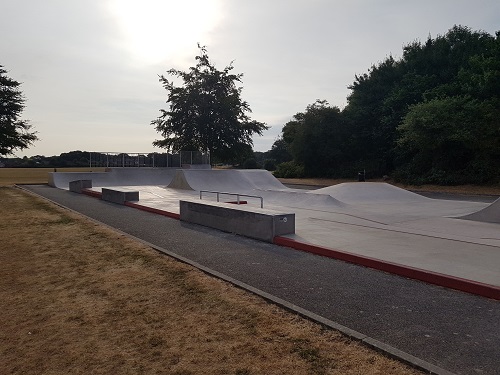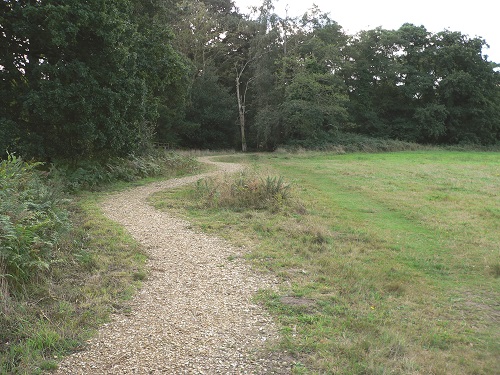Find out how you can collaborate with Dorset Council to protect Dorset Heathland from recreational pressures, as a land owner, developer or manager of Heathland. Lowland Heathlands are a protected European habitat.
A rise in population and changes in human activity over the last 100 years have dramatically declined heathlands. In the 1980s people started to become more aware of our impact upon the natural world and the Wildlife and Countryside Act in 1981 gave places such as Dorset’s heathlands legal protection.
The Habitats Regulations require any development, strategic plan or policy likely to significantly affect a European site be subject to an appropriate assessment.
National Planning Policy Framework and Planning practice guidance outline the procedure that should be followed in deciding whether to approve a proposal.
Mitigation delivery
In compliance Dorset Council have agreed an avoidance and mitigation strategy through the Heathland Supplementary Planning Document.
There are two approaches in the strategy:
- Strategic Access Management and Monitoring - focusing on wardening, education and monitoring the strategy. Much of this is undertaken by Dorset Heath Partnership
- Heathland Infrastructure Projects - provision of Suitable Alternative Natural Greenspace (SANGs) or enhancement of existing greenspaces to attract people away from protected heathlands.
Most major developments identify a bespoke mitigating project during planning stages. Dorset Councils Natural Environment Team consult on these to ensure suitability.
For smaller developments we deliver infrastructure projects that developers contribute financially towards. Our aim is to continually identify and deliver these strategic schemes.
How we plan to do this
We are looking to support project applications from anyone. Proposals may range in size and nature of mitigating function. For example; a proposal may be something as simple as a new section of path, improving access to a less sensitive greenspace; creation of a new SANG; mitigation for dog walking or cycling.
Projects must demonstrate their ability to mitigate locally recognised recreational pressures. There is currently no minimum or maximum limit of financial contribution that can be sought.
The governance
The allocation of Community Infrastructure Levy funding for heathland mitigation is overseen by a steering group made up of representatives from the Dorset Heaths Partnership. Final sign-off lies with Senior Officers depending on the level of funding commitment. Mitigation needs to be secured in-perpetuity to mitigate for the life of development and this is secured by the Council using standard management agreements.
How to apply
If you have a suitable project in the first instance please email the Environment Mitigation Delivery Team with your contact details, a brief description of your project or enquiry and the Heathland Mitigation Coordinator will be in touch.
Examples of Heathland Mitigation
Corfe Mullen Wheel Park
Corfe Mullen wheel park is one of a few within east Dorset area that has received funding to help reduce pressure from illegal dirt jump building on nearby heaths. On local nature reserves damaging bike activities have decreased and, in some cases, ceased entirely.

Woolslope Strategic Suitable Alternative Natural Greenspace (SANG)
In 2012 through local housing development Woolslope Farm was secured and established by former East Dorset District Council for use as a strategic Suitable Alternative Natural Greenspace. Woolslope Farm and Riverside Walk now provide an area of approximately 16 hectares for everyone’s enjoyment.

Environment Mitigation Delivery Team
Email: mitigationdelivery@dorsetcouncil.gov.ukFull contact details
